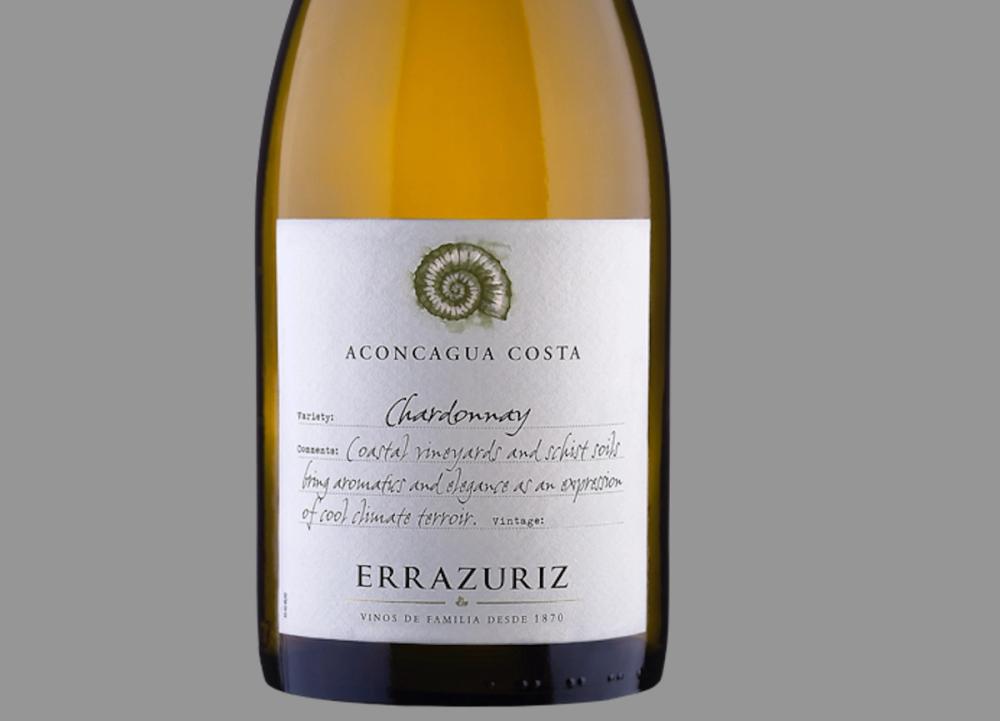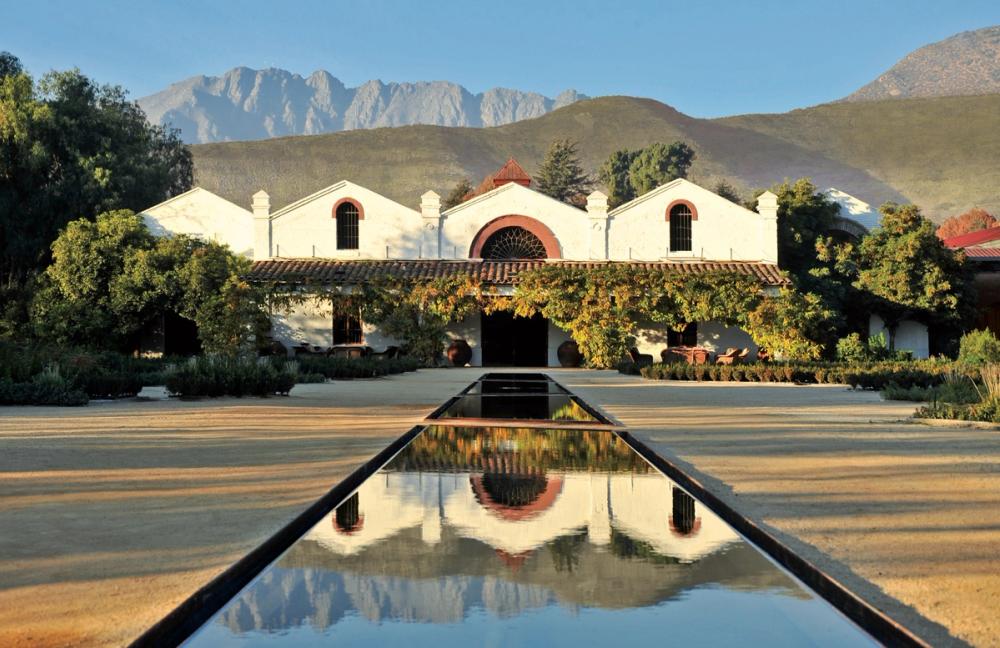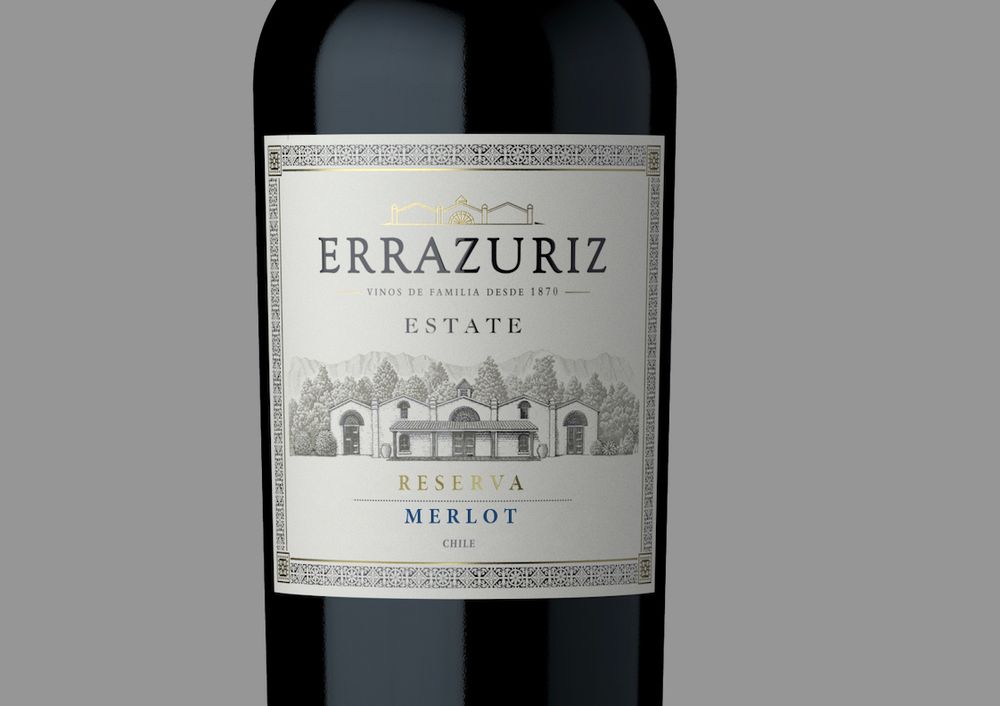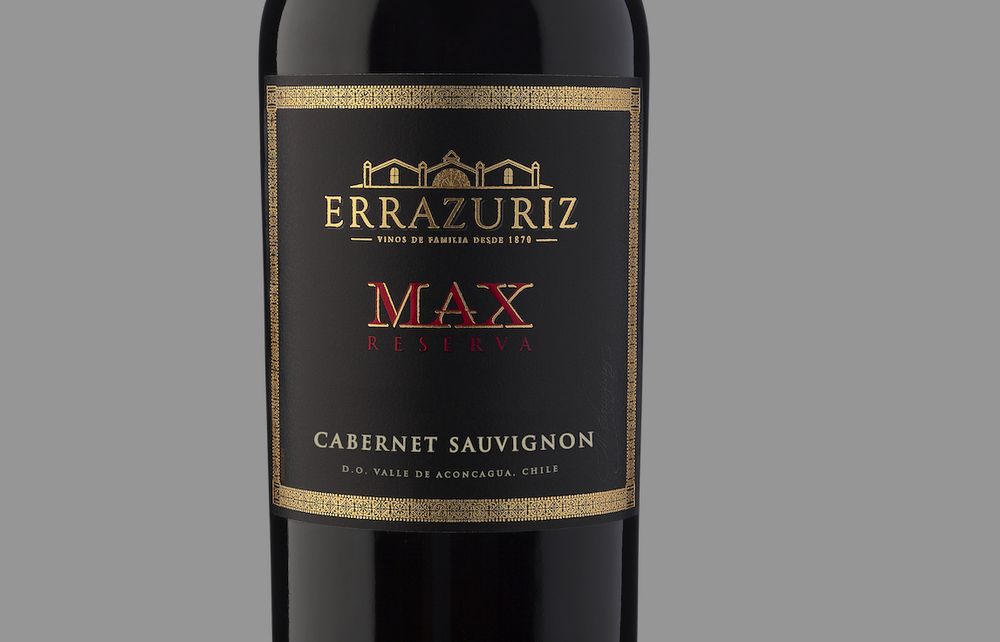A winemaker’s skill of bringing grapes from different vineyards together in a blend that is truly the sum of its parts is key to the role that Tomas Muñoz has as chief winemaker at Viña Errazuriz.
With 18 months under his belt Tomas Muñozremains modest at the idea of being the “new” chief winemaker at Viña Errazuriz, but as he joined in January 2021, he has just come through his first harvest helping to put together the winery’s famous range of wines – including its key Aconcagua Costa and Max wine brands.
But then Muñoz is certainly not new in being in one of wine’s most pressurised hot seats having spent five years at one of Chile’s other major wine companies, Santa Rita Estates, where he was assistant winemaker for the group, with specific responsibility for the Carmen wine brand.
Both hugely important players in Chile – and on the global wine scene – but very different in their approach, scale, volume and styles of wines they are producing.
Whereas at Santa Rita the challenge was managing major brands on a large global scale with huge volumes to control, says Muñoz. At Errazuriz the focus is on producing smaller levels of higher quality wine, where the demands on you as a winemaker are no different, but how you look after your vines, ferment, mature and ultimately market and price your wines is very different, he adds.
An independent director making films that would be expected to pick up an award or two, versus a director tasked with making another Marvel blockbuster. Or something along those lines.
“You are making completely different styles of wine, but it is important you know them both and how to make them,” is how Muñoz describes the challenge. “At Errazuriz there is so much more focus on what we can do to make high quality wines even if it is more expensive to produce.”

Errazuriz’s range of wines made on the Aconcagua coast are part of Tomas Muñoz’ role at Errazuriz
Muñoz’s role as chief winemaker is principally to look after Errazuriz’s quality power brands: Aconcagua Costa and Max. He is also involved in supporting head winemaker, Francisco Baettig Hidalgo, in blending and the work needed to bring together the company’s icon wine brands, Don MaximianoFounder’s Reserve, Kai and La Cumbre.
Developing his role
He says he has the creative freedom to do what he wants with the wines and make his own decisions – but all within the framework of making wines that are so well established and known in the market for a particular style.
“How we make the wines and what fermentations we do is what I want to do. But I also know the style of wine we want to get to. I will go out to the vineyards with Francisco to look at the vines and the grapes together, but I will decide on the picking dates and how we are going to manage the vines,” he explains.
Baettig, he says, acts more like a consultant offering advice and support. “He oversees everything,” he adds.
The big difference between his first harvest at Errazuriz compared to his time at Santa Rita was the time and trouble taken to ferment different plots of vines and terroir separately. “We divide the vineyards into blocks. Each block is then fermented separately and differently. It’s a lot more expensive way of doing things and you are using different techniques, and temperatures depending on whether you want greener or fresher notes in the wine, or looking to deepen the colour. It’s a much more precise process.”
What vines make up each of the blocks, and how they are treated and managed will also change year to year depending on the weather conditions and growing cycle, he adds. “That is why it is so important for us to be out walking in the vineyards and looking at the vines.”

The Errazuriz estate that has helped guide and influence so much of Chile’s success around the world
He says it is important to him he has the creative freedom to make the wines he wants, but he does so very much to bring out the true identity of the soils and terroir, it is very much “not my signature on the wine – but Errazuriz’s signature”.
Muñoz’s challenge is to take the time so that he fully “understands the vision and the style” that he is being tasked in making. “I have over the last 18 months got to really love the Aconcagua Valley and understand it.”
Managing the style
As a winemaker it is so important that Errazuriz owns vines in all different areas of Aconcagua as it gives them such a wide palate of styles and tastes to work with, all based on their unique terroir.
A valley, he says, that is influenced both by the cool maritime breezes that sweep in from the Pacific Ocean, but also protected by the wall of the Andes to the east that combine to create a growing environment that is influenced both by cool climate conditions, but also the warmth of the inner valley. That’s what helps the grapes maintain their freshness, and bright acidity that are such a significant feature of Errazuriz’s wines.
“Freshness in our wines is really important,” he stresses. “If you can understand how the grapes work in different temperatures then you appreciate how important the cooling effect is on how they perform, which is what the coastal breezes give us. It is also having the Andes. The two together really helps the wines we can make and give us that freshness.”

The Estate range reflects the drive for quality that Errazuriz is all about
Muñoz believes premium Chilean wine producers are now far more confident about the styles of wines that really represent what the country can do best. They have toned down the oak and alcohol levels and done what they can to ramp up the freshness, sometimes going against what the market in the US and China, for example, might want and their demand for sweeter, heavier wines. “That is not our style,” he says.
In order to get to that point he believes Errazuriz has really lead the way in looking outside of Chile for its inspiration and benchmarks to follow and not what is being done in its home country.
“We are mainly comparing ourselves to wines that are not being made in Chile. You can really see that come through in our icon wines,” he claims. Errazuriz and Chile as a whole is not there yet, but “we are trying to get our identity and on the path to understand what we can do best”.
That level of focus and investment is also illustrated in the scale and ambition of its icon state-of-the-art Dom Maximiano winery that was opened in Aconcagua in 2010. “That shows the level of commitment the company is prepared to take to produce quality wine,” says Munoz.
It’s also why as a winemaking team they spend so much time tasting and analysing back vintages going back decades in order to assess the wines they can make in the future. “The learnings and experience that Errazuriz has had over the years has also helped show the way forward,” he says.
Which is why we are now seeing so many lighter, fresher styles with alcohol levels of 13% and 13.5%. “We understand so much more about getting the balance right.”
Where the emphasis is on “discreet, elegant more citrus aromas in the wine and not the huge, tropical fruit style”. “The acidity in the mouth is so much juicier than in Casablanca. There is also better ageing, particularly for the whites, in Aconcagua.”
Very young country
(Click to watch a behind the scenes video of Errazuriz)
Muñoz says Chile clearly still has so far to go and in wine terms is “still a very young wine country” – commercially only around 26 years on an international scale.Which is why he is so pleased to be with Errazuriz and a producer that has done so much to understand Chile and build its reputation around the world.
“We pick the countries we want to tell the story about our icon wines very carefully and focus on those. As a winemaker those are the countries where I need to be going to. It is vital I find the time to do so as we are the ones who really understand the terroir, the vineyards and the story we are telling.”
Which is why with hindsight he was so grateful to have spent his first full year with the company based at the winery where he had the time to really get to know every aspect about it. “I had the chance to focus just on the vineyards and see how they change.”
That learning process, though continues, and following his trip to Europe, Muñoz was heading with the rest of the Errazuriz winemaking team for an intensive technical trip to California to see the steps that the premium winemakers there are taking to make even higher quality wines and the technology and equipment that is helping them to do it.
“I am so lucky to be working with such an amazing and talented winemaking team, who are willing to share their ideas.
Setting a benchmark
Muñozsays that with its Aconcagua wines, Errazuriz hopes to show what Chile can do with classic international varieties. He sees its Aconcagua Pinot Noir, for example, as a benchmark for what he believes Chile can do well.A Pinot Noir with texture, that expresses its red fruit characteristics, with nice acidity, but without any stringency.

Max allows Errazuriz to present premium red wines and explore what it can do with classic varieties like Cabernet Sauvignon but also its local Carmenere variety
Its Max range allows Muñoz and his team to look at creating a benchmark style for one of Chile’s traditional varieties – Carmenere. A grape variety that has only been widely planted since. He says it is looking to make slightly lower alcohol examples, with wines of around 13% to 13.5% rather than the bigger alcohol Carmenere wines of 10 years ago and more. Which means doing a lot of “leaf management” to manage how much sun the grapes see per day, and helps slow down how quickly they ripen.
“We want to understand the balance between heat and direct sunlight on the grapes.”
The result is a “Carmenere with more fresh black fruit notes, red peppers on the nose and spice,” he says. The Aconcagua climate has a key role to play.
Looking ahead to 2023, Muñoz says the rains it has had over winter “all bodes well for a good harvest”, on the back of what was already a strong 2022 harvest.
He also talks about the steps being taken to plant a myriad of varieties in different parts of the valley to see which ones perform best where, be it Syrah, Tempranillo, Marsala and more.
It’s an approach it has already successfully taken with key varieties like Cabernet Sauvignon to find different styles, be it from hillside or valley floor vineyards, that combine to make a winning blend. “You can vary the profile with different structures of Cabernet Sauvignon and make a much more complex Cabernet Sauvignon that way.”
But always working to the template, and all the years of experience that Viña Errazuriz has built up over the years.
“When you get the chance to blend all that experience together to make better, higher quality wine, then that is really fun,” says Muñoz.
- You can find out more about Errazuriz here.
- Errazuriz is distributed in the UK by Hatch Mansfield, a new partner supplier to The Buyer. Click here to find out more.








































